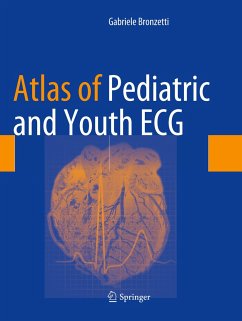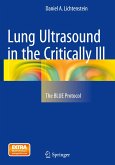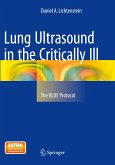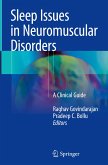This book describes in detail the specific aspects of ECG during childhood and adolescence, pursuing an accessible, didactic and easy-to-read approach. Instructive, self-contained and intelligently written, it succeeds in making this diagnostic tool, the interpretation of which is especially complex in younger patients, more comprehensible, while also offering a sound and extensive reference guide for all those who diagnose young patients with electrocardiography.
Though ECG produces a relatively simple set of readings, its interpretation and diagnosis are complex. If misinterpreted, a "butterfly effect" of hidden, often neglected heart signals can lead to important and sometimes devastating consequences. Featuring an exceptionally wide range of ECG recordings and examples, the volume sheds new light on the importance of electrophysiological examinations for patients still in their developmental years and provides advice on the use of ECG in connection with recent regulations on the participation of children, adolescents and young athletes in sports.
Thanks to the variety of scenarios described, from the most frequent to the most insidious, this work will appeal to a broad readership, from cardiologists and pediatricians to family physicians, anesthesiologists, doctors in sports medicine, students and nurses.
Though ECG produces a relatively simple set of readings, its interpretation and diagnosis are complex. If misinterpreted, a "butterfly effect" of hidden, often neglected heart signals can lead to important and sometimes devastating consequences. Featuring an exceptionally wide range of ECG recordings and examples, the volume sheds new light on the importance of electrophysiological examinations for patients still in their developmental years and provides advice on the use of ECG in connection with recent regulations on the participation of children, adolescents and young athletes in sports.
Thanks to the variety of scenarios described, from the most frequent to the most insidious, this work will appeal to a broad readership, from cardiologists and pediatricians to family physicians, anesthesiologists, doctors in sports medicine, students and nurses.
"This book provides highlights the value of electrocardiography for the diagnosis of pediatric heart disease. ... The book is valuable for cardiology trainees and educators who train medical students/residents in addition to practicing cardiologists. This book provides excellent information about different types of arrhythmias ... . It highlights the importance of ECG changes that may be associated with cardiac tumors and pericardial disease. This is a detailed guide to understanding ECG changes in children and adolescents with many useful figures." (Mohanad Hasan, Doody's Book Reviews, April, 2018)








